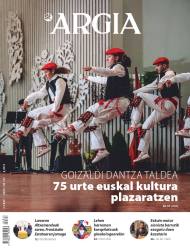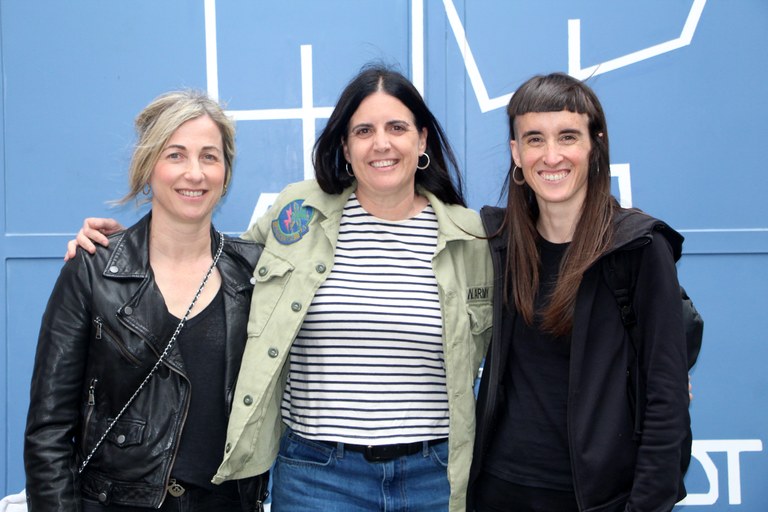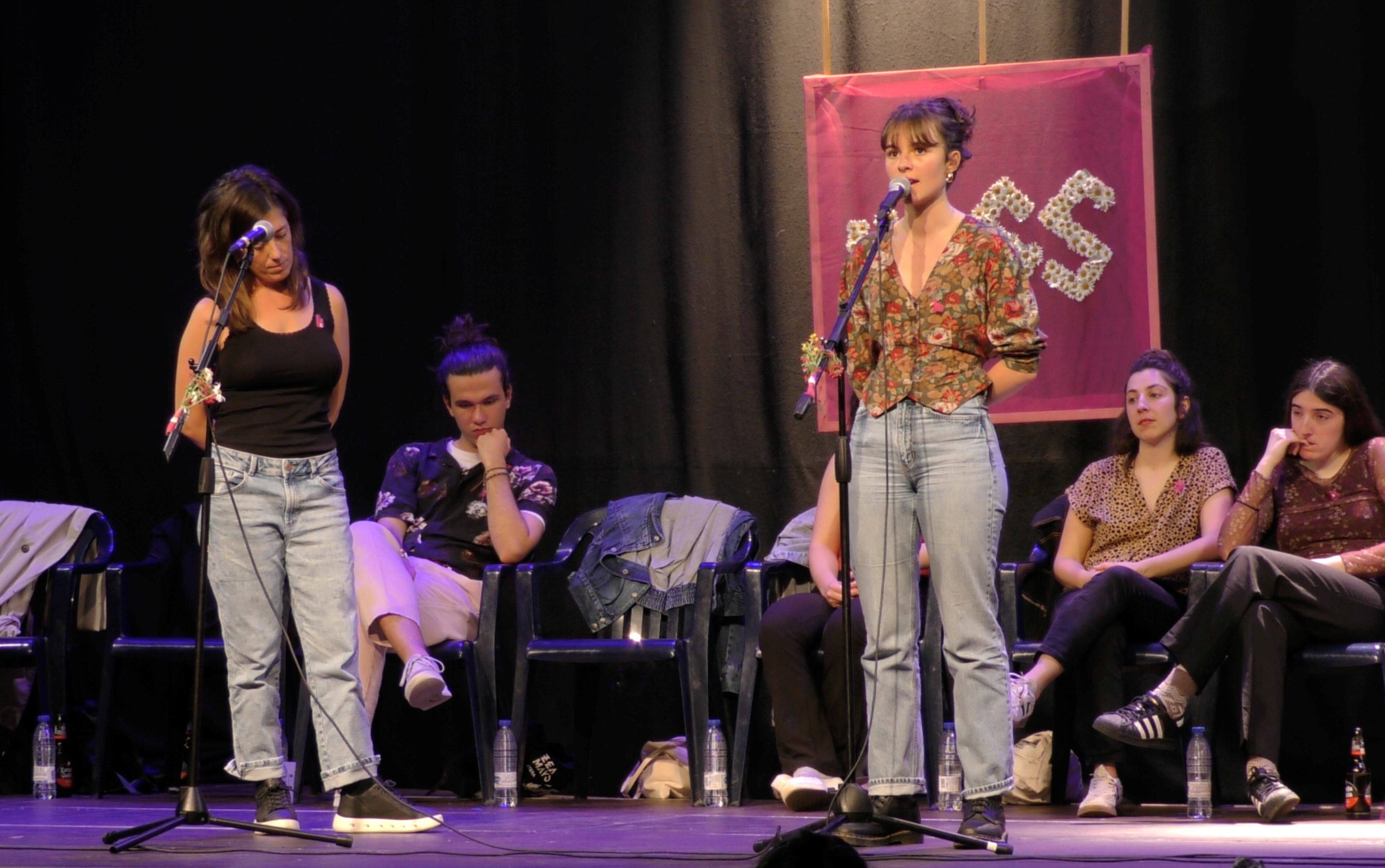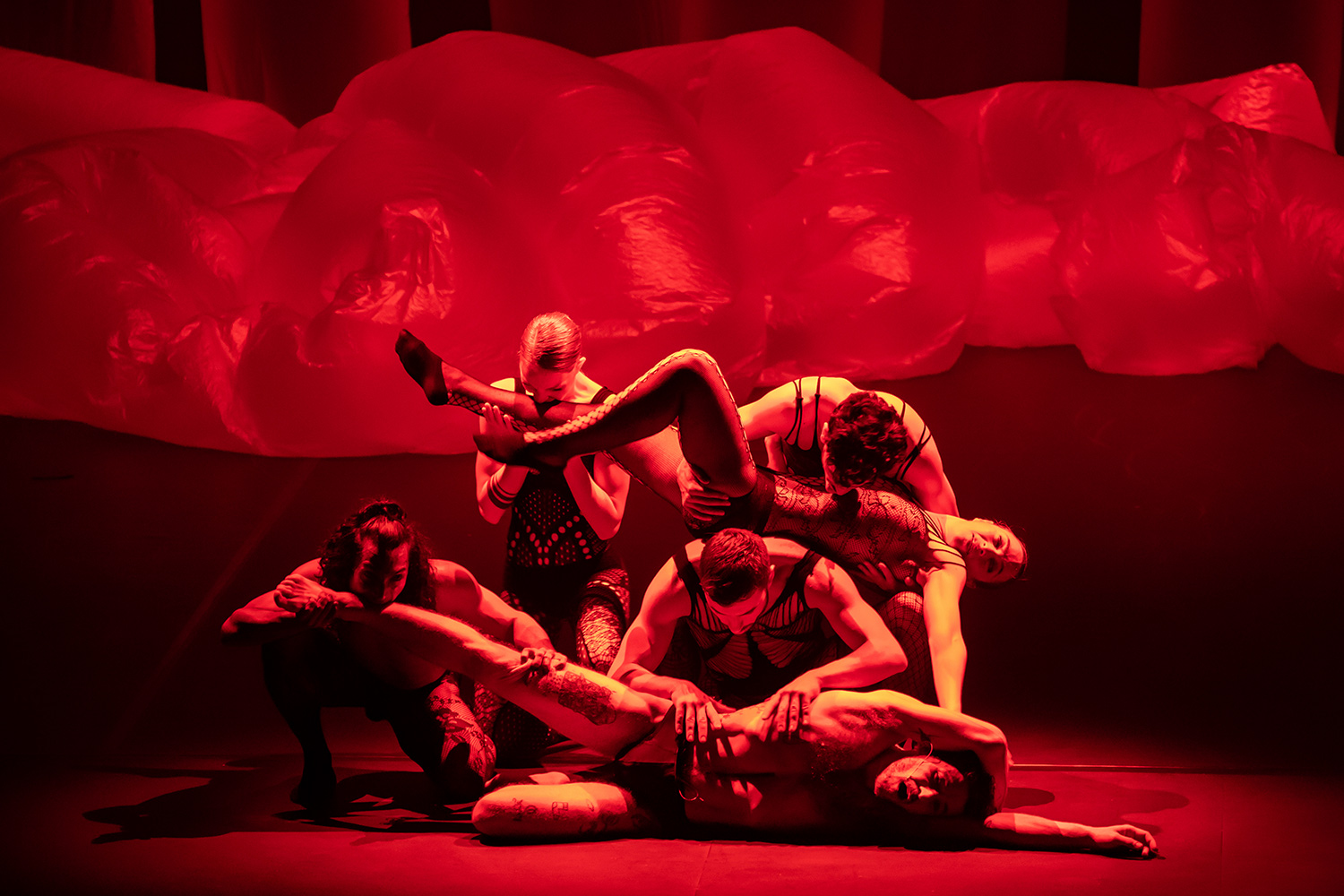75 years dancing the streets
- They pioneered the recovery of the Basque culture in the post-war Donostia. Since then they have been a must in the cultural landscape of the city, but they have also served as ambassadors abroad. The generation has been renewed with a resounding anniversary full of activities.
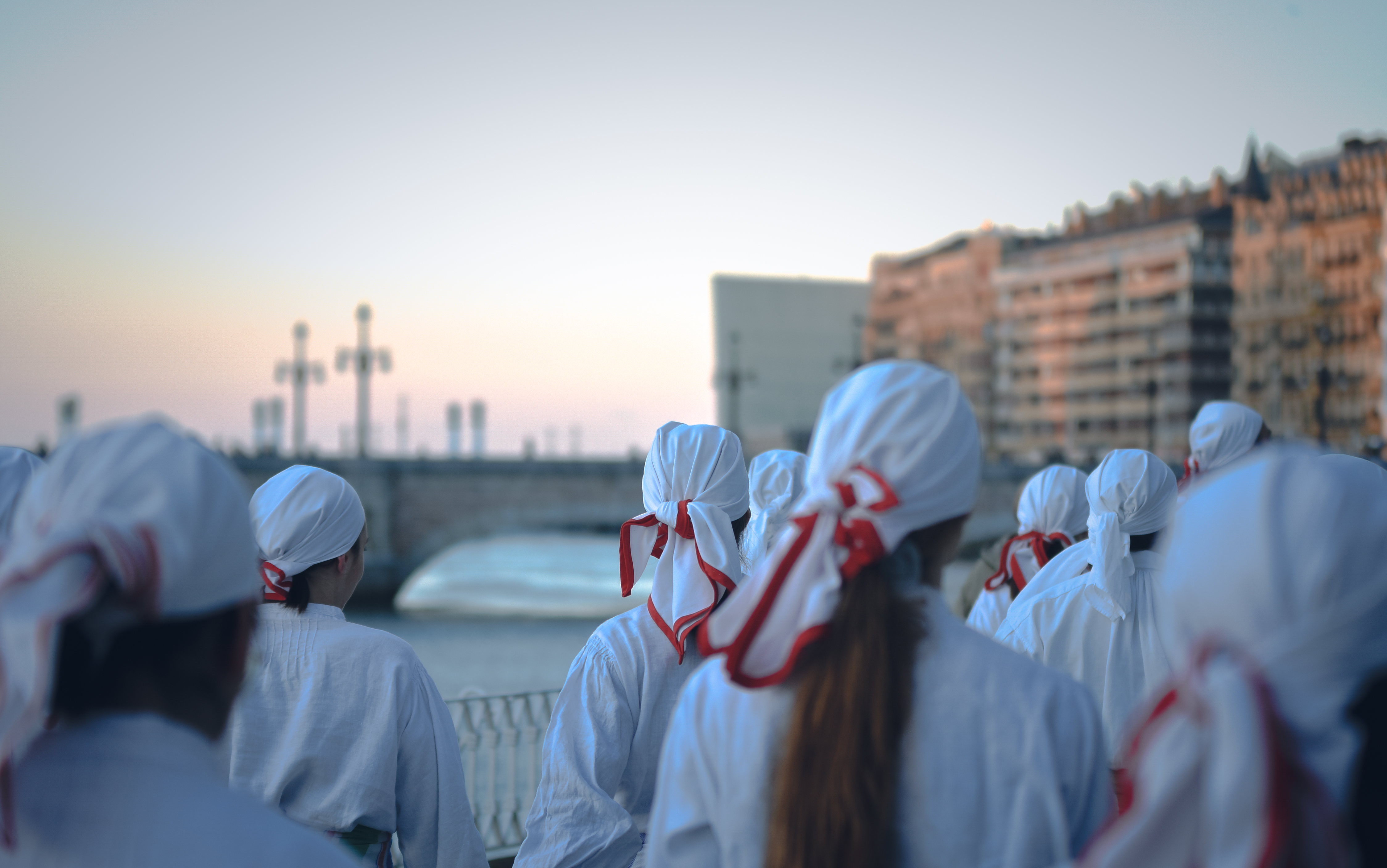
The celebrations of the 75th anniversary of Goizaldi started on 2 February with a procession and ezek into the streets of the city, as they did in 1998, when they turned 50. Eleven other activities have been prepared for the coming months to show the survival of Goizaldi, one of the pioneers of Basque dance.
Goizaldi Euskal Dantzari Taldea
is one of the oldest cultural agents in Donostia. Its origin dates back to the Municipal School of Dance created in 1927, but emerged after the Civil War, when the master Cándido Pujana (Ordizia, 1905 - San Sebastián, 1985) tried to recover the previous experience. In 1948 it formed a group of boys and in 1951 the group of girls.
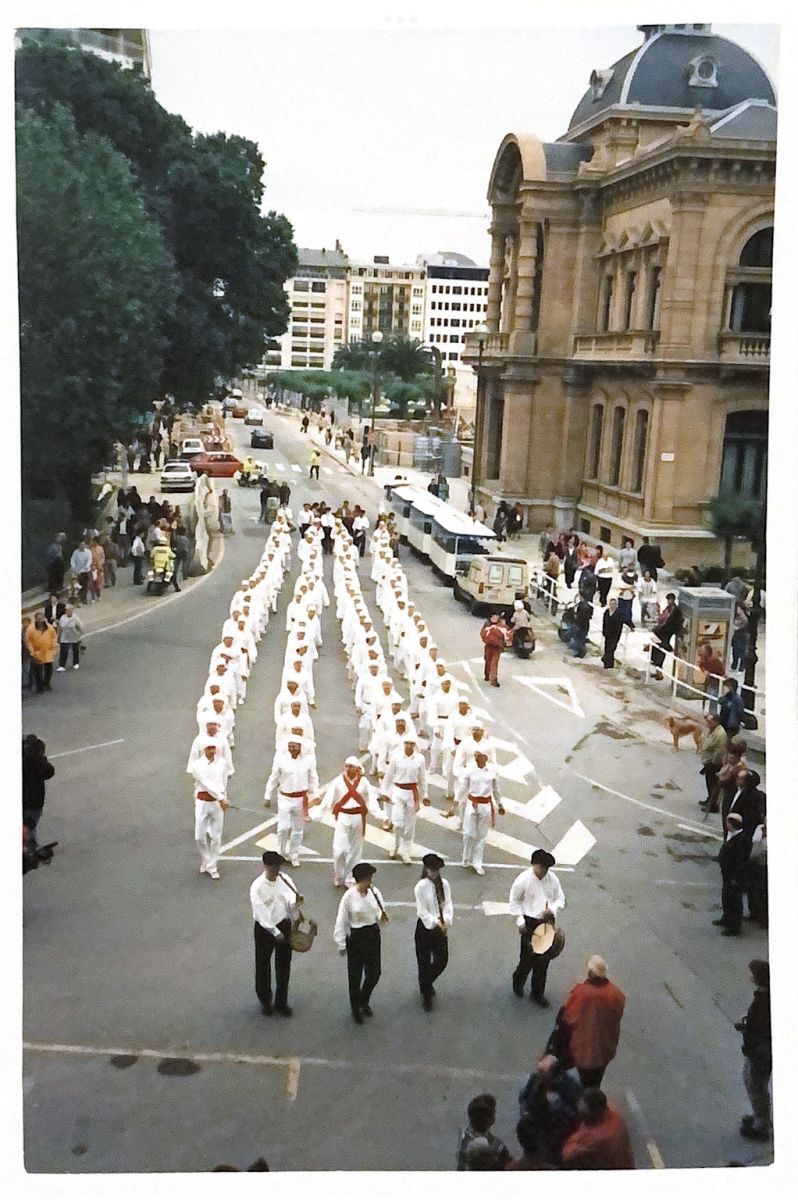
From the beginning, the main objective of the group was to recover the old Basque dances. For this, Juan Ignacio Iztueta relied on the descriptions of the dances of Gipuzkoa made in the eighteenth century, but gradually began to work and bring to San Sebastián other dances of Euskal Herria. In difficult times, Goizaldi was the depositary of the Basque Country and culture.
The witness of this tour was Aritz Salamanca Tapia (Lezo, 1979). He joined the group at 16 in 1996: “I had been in the dance world for 10 years, in the Murixka de Lezo group, and I was invited to the festival that was held in the Sicilian town of Roccalumera. When I returned from there, I decided to become a member of Goizaldi, without leaving the local group."
During these years, the team was experiencing a moment of transition. Salamanca: “Ramón Santxez, who had been at the forefront until then, decided to leave that responsibility and after several years of Xabier Ezkurra, in 2000 they offered me.”
Salamanca led Goizaldi for fifteen years and has known first-hand the evolution of the team. He considers it important to maintain the colloquial environment, and is committed to it: "Colleagues spend a lot of time together and a good relationship is essential to keep the team healthy."
For 75 years, the main objective of the group has been the custody and transmission of the inherited cultural heritage. According to Salamanca, Goizaldi received a “great cultural treasure” from the hand of teachers with a deep knowledge of the dances of Gipuzkoa, and has carried out numerous activities to disseminate this heritage. First, in San Sebastian, where several generations of dancers have been formed, the group has made its way into the city’s festive calendar — the Arriada event on San Sebastian Day, the soka-dantza of San Juan Eve in Plaza Nueva, the performance of the Big Week, etc. Secondly, in other places of the Basque Country, besides participating in all kinds of performances and street tours, various courses have been held to teach the dances of Gipuzkoa, for example. Thirdly, eleven international festivals as ambassadors of Basque culture.
It has been a successful journey, and Salamanca reminds us of this. “For us it has been an honor and also for the health of culture and dance.”


Innovation, in four steps
Salamanca left the leadership of the team in 2015 and Ane Bengolain and Eneko Munarriz took the lead. In the following years, changes were made to the group as many members left and a new generation arrived. As if this were not enough, in 2019 there were several incidents with the direction of the conservatory where the group is located, until the door lock was altered. Added to this is the pandemic and the end of 2020, which caused the group to stop working for almost a year and a half.
In this situation, they began a process of reflection. They agreed on the new statutes and chose the renewal of the management team to start a new phase. In recent years, Ane Lamarka Etxeberria (Donostia, 1997) and Araitz Iparragirre Lekuona (Oiartzun, 1993) have been in charge of conducting the tests. They tell us that they have made some important decisions.
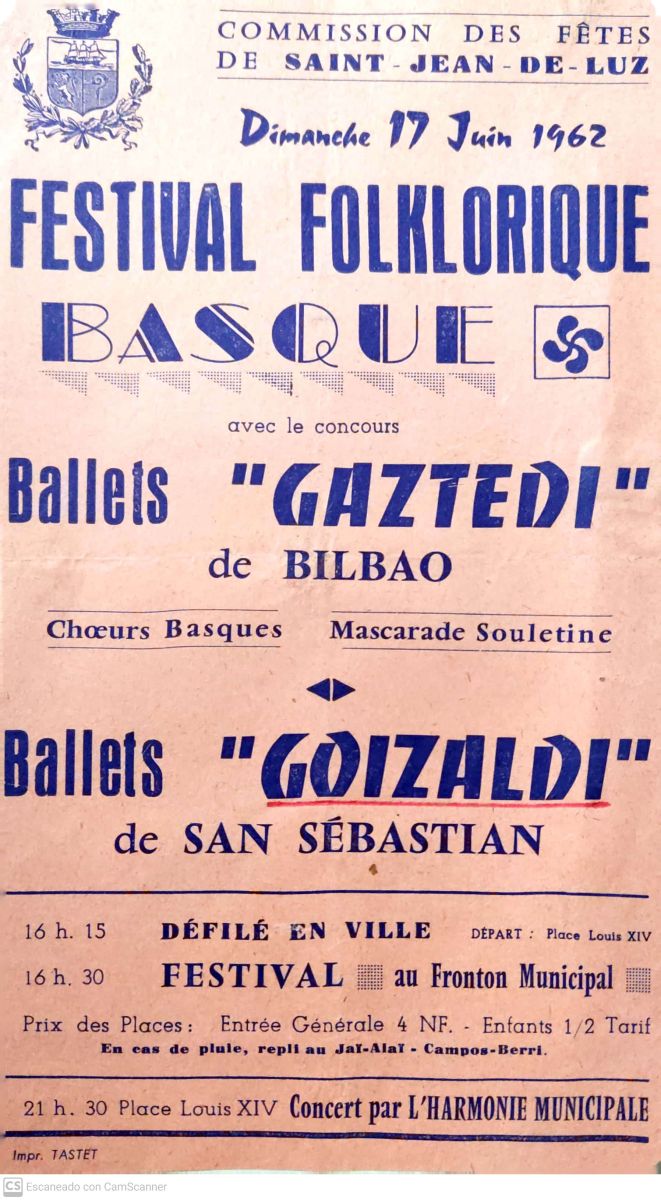

The first decision was to perform mixed tests. Iparraguirre explained that until 2019 there were three weekly sessions, one for girls and one for mixed. Now they only do two mixed sessions, which makes it possible to say that all dantzaris have begun to learn all dances. According to Lamarca, this has given presence to the dancing girls in some dances that have traditionally been considered prestigious, as they have so far been executed by boys. “The work of researchers like Oier Araolaza helped us make this decision,” he explains: “Because we saw that the distribution of dances by gender was an ideological construction of the early twentieth century, when Basque dance was encoding itself as ‘national’ folklore.”
This first decision brought with it the second question: What kind of costume was needed for a Basque dance without gender marks? “We were clear about it,” says Iparragirre: “If we didn’t distinguish gender in dance, we didn’t have to differentiate it in clothing either.” By then there were groups that made all dances without distinction (Arkaitz de Añorga and Aurtzaka de Beasain, for example), and they took the example.
Currently, Paula Lizartza Muñoz (Donostia, 1997) and Eneko Iparragirre Lekuona (Oiartzun, 1996) are in charge of clothing. They remember the process as a “creative exercise”: “We decided in group how we wanted to design the new garments, we had many doubts and discussions.”

Members of the team are very pleased with the decision taken and Lamarka believes that it has been "very well" externally: "At first, when we were on the board or going out to the plaza, we were surprised, but people immediately understood the decision we made and today we acted naturally."
The oldest dancer has been a reaction that has especially excited: “During the month of February, some women who have been in a group had the opportunity to dress in ezek for the first time on the occasion of the anniversary celebrations, some of them expressed their true illusion, which confirms that the step taken was correct.”

Outside the Basque Country, however, a greater surprise has been observed. Iparraguirre: “In recent years we have been present at two festivals: In 2018 in Idaho and 2022 in Poland, we’re awakening a great expectation.” The interviewees believed that this could be related to the traditional approach. “In some Eastern European countries, folklore is identified with traditional national identities, parameters where there is not much room to address critical approaches and innovations. Gender roles are often very marked and they are surprised that we keep those brands going.”
The third big decision has been linked to the test room. They say they had a need, they recognize it, but in recent years they seem to have had several problems. That is why they have cleaned and fitted the room with the renovation of mirrors and furniture. However, following incidents involving the management of the conservatory, the water supply has been interrupted and dressing rooms and toilets cannot be used. “This causes us headaches when it comes to tackling everyday dynamics.”
So things form a committee to try to get a new room. “The current one was granted long ago by the City Hall of San Sebastian, but later the building was delivered to the Basque Government for the location of the conservatory. We have remained in a diffuse situation, and we would be grateful if the institutions could help us find a solution.” Since 2019 several meetings have been held with the City Council and, although initially the municipality was willing to cooperate, the situation is currently blocked.
Within this dynamic of innovation, Goizaldi's fourth decision has been to develop a closer relationship with the general public. Thus, Lide Pagola Agorregi (Usurbil, 2000) has been in charge of dynamizing the social networks of the group, “we want to reach more people”. In parallel, they have created a new website and developed the group's Wikipedia page. Ander Domingo Pikabea (Lezo, 1988) works on the organization of a rich graphic archive.
The future, the
innovation process of Goizaldi, must be placed in the situation of Basque dance. In fact, many groups have experienced a decline in the number of dancers and the visibility of the discipline on the public agenda in recent years. Xabier Etxabe, for example, warned in an article written in 2009 that Basque dance is suffering a kind of “infantilization”, in which adults have gradually withdrawn and from there adolescents. At the same time, the feminization process has been notorious; although the normalization of women's participation is gratifying news, one should reflect on why fewer and fewer men get closer to the discipline and whether in the cultural system organized by gender roles this has to do with the social prestige given to each activity.

The Donostia group is also clear that there are great challenges to securing the future of Basque dance. One of the main ones is transmission. For several years, the group has had a dance academy to train adolescents and work in the quarry, since in the last two years they have not had students, and Iparraguirre has considered a “reflection” necessary. “It should be noted that in Gipuzkoa school sport is sponsored by the Provincial Council, but Basque dance does not come under this umbrella. Dance groups are obliged to be self-sufficient when it comes to making ourselves known and attracting young people.” Being a discipline that combines Basque culture with physical exercise, public institutions consider that they could make a greater effort to stimulate Basque dance.
However, they look optimistically at the future: “We will overcome the difficulties. It is clear that people continue to demand dance in the squares. Throughout the year we carry out various activities and people feel their own, they are represented.” Dantzaris are also excited, willing to expand what they've learned and try new things. In these globalized times, in which it seems that the concept of culture only gathers increasingly standardized aesthetic expressions, in this Donostia drowned under the touristic flooding, it is no small thing that people are hungry for dancing.
“We rehearsed, we showed it to the boys, we were there when they needed help for the grill, but then we never danced in the square or even crossed our mind.” Oihane Auzmendi Iturbe (Legazpiia, 1977) is a dancer of the dance group Roots, but for years he did not have the... [+]
Azaroan estreinatu zuen bere lehenengo lana Nagore Tamayo dantzariak (Tolosa, 2000): Nondik abiatu inora izena du, eta Natalia Belén dantzariarekin batera gorpuztu du. Bere herrian egin dugu hitzordua, Zumardi Handian.
Festa egiteko musika eta kontzertu eskaintza ez ezik, erakusketak, hitzaldiak, zine eta antzerki ikuskizunak eta zientoka ekintza kultural antolatu dituzte eragile ugarik Martxoaren 8aren bueltarako. Artikulu honetan, bilduma moduan, zokorrak gisa miatuko ditugu Euskal Herriko... [+]
The idea that we in the dance world often repeat is that dance is ephemeral. The Elhuyar dictionary gives as a counterpart to "ephemeral" English: ephemeral, destructive, perishable, ephemeral, ephemeral, perishable, perishable, ilaun. I don't remember who I first read that idea... [+]
Moor Krad
By: Ertza company.
When: 3 October.
Where: In the Muxikebarri room of Getxo.
---------------------------------------------
Two years later I met the work Moor Krad, in which members of the company Ertza created and premiered the piece. So in 2022, I tried to... [+]









